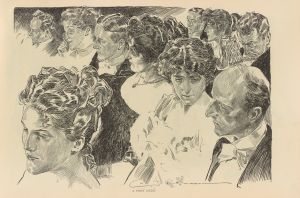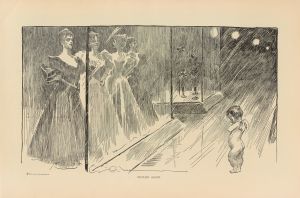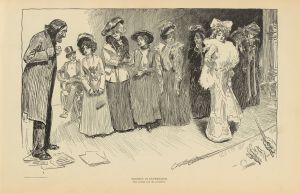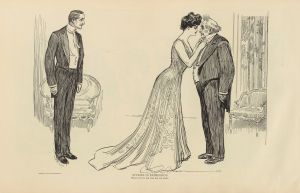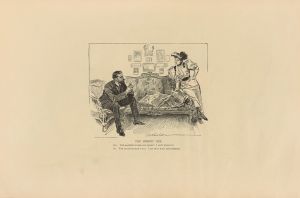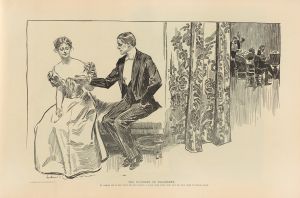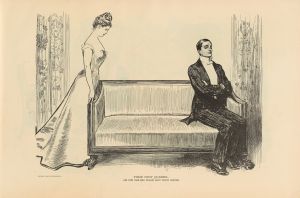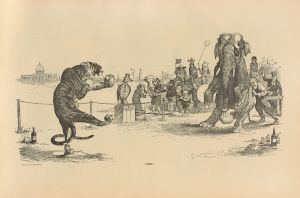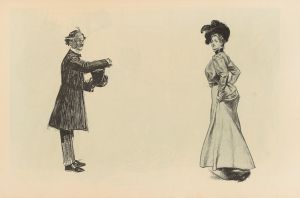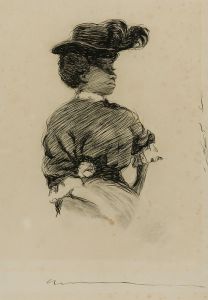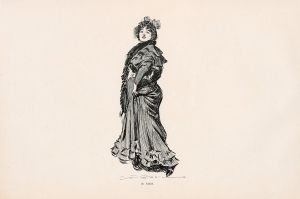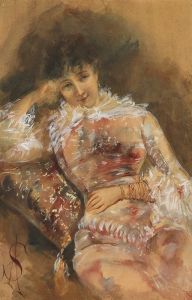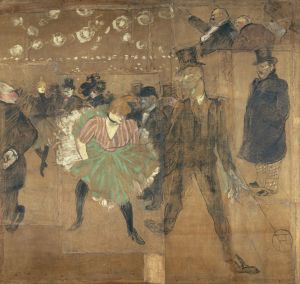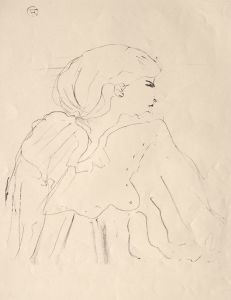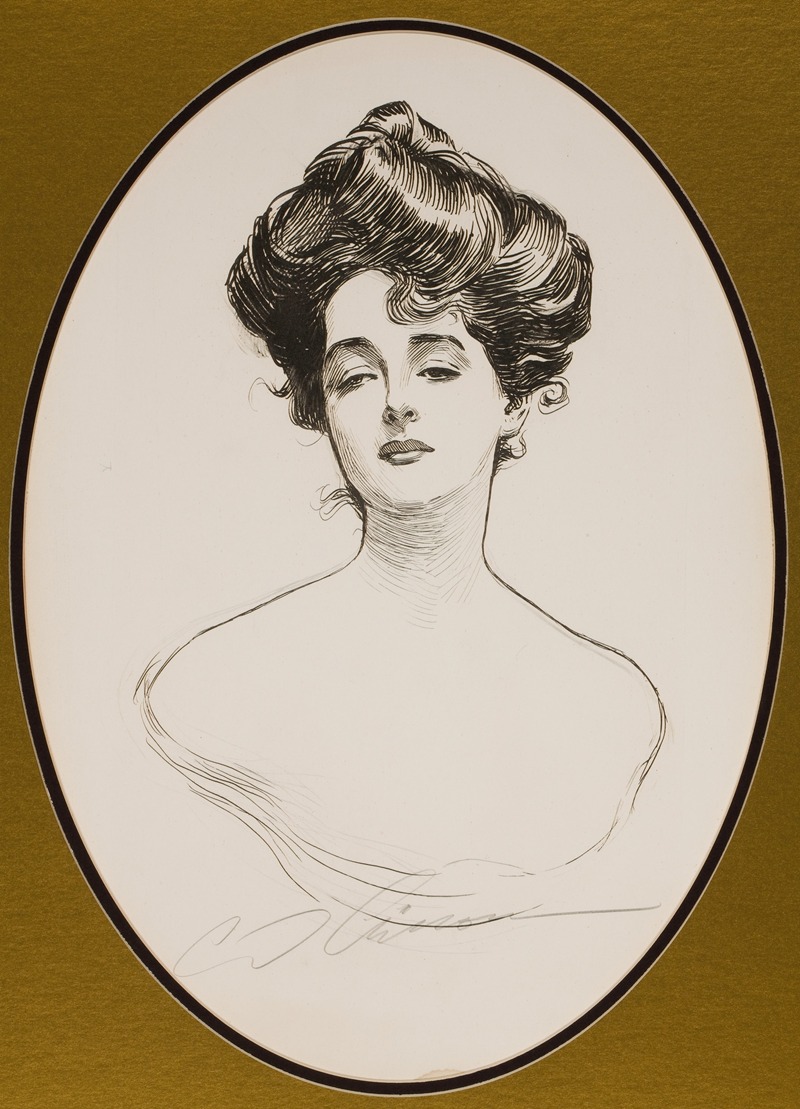
Gibson Girl
A hand-painted replica of Charles Dana Gibson’s masterpiece Gibson Girl, meticulously crafted by professional artists to capture the true essence of the original. Each piece is created with museum-quality canvas and rare mineral pigments, carefully painted by experienced artists with delicate brushstrokes and rich, layered colors to perfectly recreate the texture of the original artwork. Unlike machine-printed reproductions, this hand-painted version brings the painting to life, infused with the artist’s emotions and skill in every stroke. Whether for personal collection or home decoration, it instantly elevates the artistic atmosphere of any space.
The "Gibson Girl" was an iconic representation of the idealized American woman at the turn of the 20th century, created by illustrator Charles Dana Gibson. Emerging in the 1890s, the Gibson Girl became a cultural phenomenon and a symbol of the Progressive Era's changing attitudes towards women. Charles Dana Gibson, an American graphic artist, conceived this character as a pen-and-ink illustration, which was featured in various publications, including Life, Harper's Weekly, and Scribner's.
The Gibson Girl was characterized by her distinct physical appearance and demeanor. She was depicted as tall and slender, yet with a voluptuous bust and hips, embodying an hourglass figure that was fashionable at the time. Her hair was styled in a bouffant or pompadour, often piled high on her head, which became a signature look. The Gibson Girl was often portrayed in fashionable attire, reflecting the Edwardian era's styles, and she exuded an air of confidence, independence, and sophistication.
Gibson's illustrations of the Gibson Girl were not just about beauty; they also conveyed a sense of intelligence and capability. The Gibson Girl was often depicted engaging in various activities such as bicycling, playing sports, or participating in social events, which were indicative of the expanding roles and freedoms for women during this period. This portrayal resonated with the emerging New Woman of the late 19th and early 20th centuries, who sought greater independence and opportunities beyond traditional domestic roles.
The popularity of the Gibson Girl was widespread, influencing fashion, hairstyles, and even societal norms. Women aspired to emulate her look and demeanor, and her image was used in advertising and merchandise, further cementing her status as a cultural icon. The Gibson Girl's influence extended beyond the United States, reaching audiences in Europe and other parts of the world, where she was also embraced as a symbol of modern femininity.
Despite her widespread appeal, the Gibson Girl also faced criticism. Some viewed her as an unattainable standard of beauty and femininity, which could perpetuate unrealistic expectations for women. Additionally, while she represented a more liberated woman, the Gibson Girl was still largely confined to the upper and middle classes, and her image did not necessarily reflect the diverse experiences of all women during that era.
Charles Dana Gibson continued to produce illustrations of the Gibson Girl until around World War I, when changing fashions and societal shifts led to the decline of her popularity. The flapper of the 1920s, with her more relaxed and androgynous style, eventually replaced the Gibson Girl as the new ideal of modern womanhood.
Today, the Gibson Girl remains a significant cultural artifact, representing a pivotal moment in the history of American women and the evolution of gender roles. Her legacy is preserved in the numerous illustrations by Charles Dana Gibson, which continue to be studied and appreciated for their artistic merit and historical significance.





